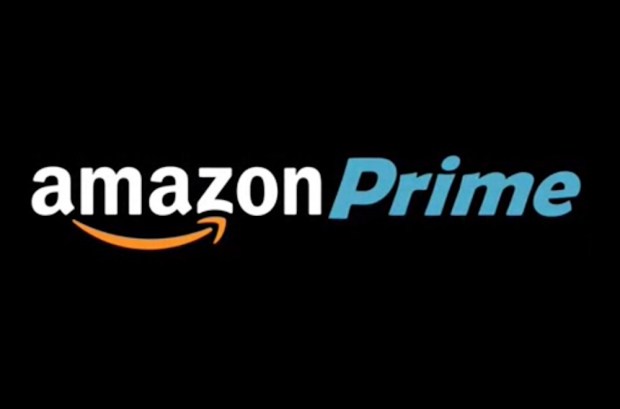Amazon’s Prime Number: Hinted Not Offered

Corporate filings with the Securities and Exchange Commission can reveal a wealth of data, some of it quantitative, some of it qualitative. In some cases, information can be a mixture of both and must be guesstimated rather than solely calculated.
So it is with Amazon, and specifically Amazon Prime, the subscription service that has been some rocket fuel for growth at the company as it cements relationships with consumers. And in one recent filing with the SEC, Amazon has proffered a “retail subscription services” segment that contains Prime, among other operations.
With a headline number at $6.4 billon, the retail subscriptions business contains a number of contributors, including video, music and eBooks. And then, there’s Prime. So, how primed is Prime for growth? Consider that the general metric, deliberately cagey, has been Amazon’s range of users in the “tens of millions.”
In investing, there’s an old maxim: Better to be generally right than precisely wrong. The same holds with looking at a deliberately vague segment. The range beginning in 2014 and ending in 2016 shows a compounded annual growth rate of 33 percent. The $99 price tag is constant on a per-user basis, annually, so now, we have to assign a percentage of revenues to the Prime members. To play around with the impacts of discounts, promotions and the like may move the needle of what an average, net subscription might be, but it will likely be too much lower than the headline $99.
We can’t assign 100 percent of the revenues to Prime because, as we know, there are other services to consider. Shall we assume that a healthy portion of this segment is, in fact, tied to Prime? Again, in the interests of general correctness, let’s say that 85–90 percent are Prime-related.
At $90 a pop, speaking in averages, the range here would be 60 million–64 million.
